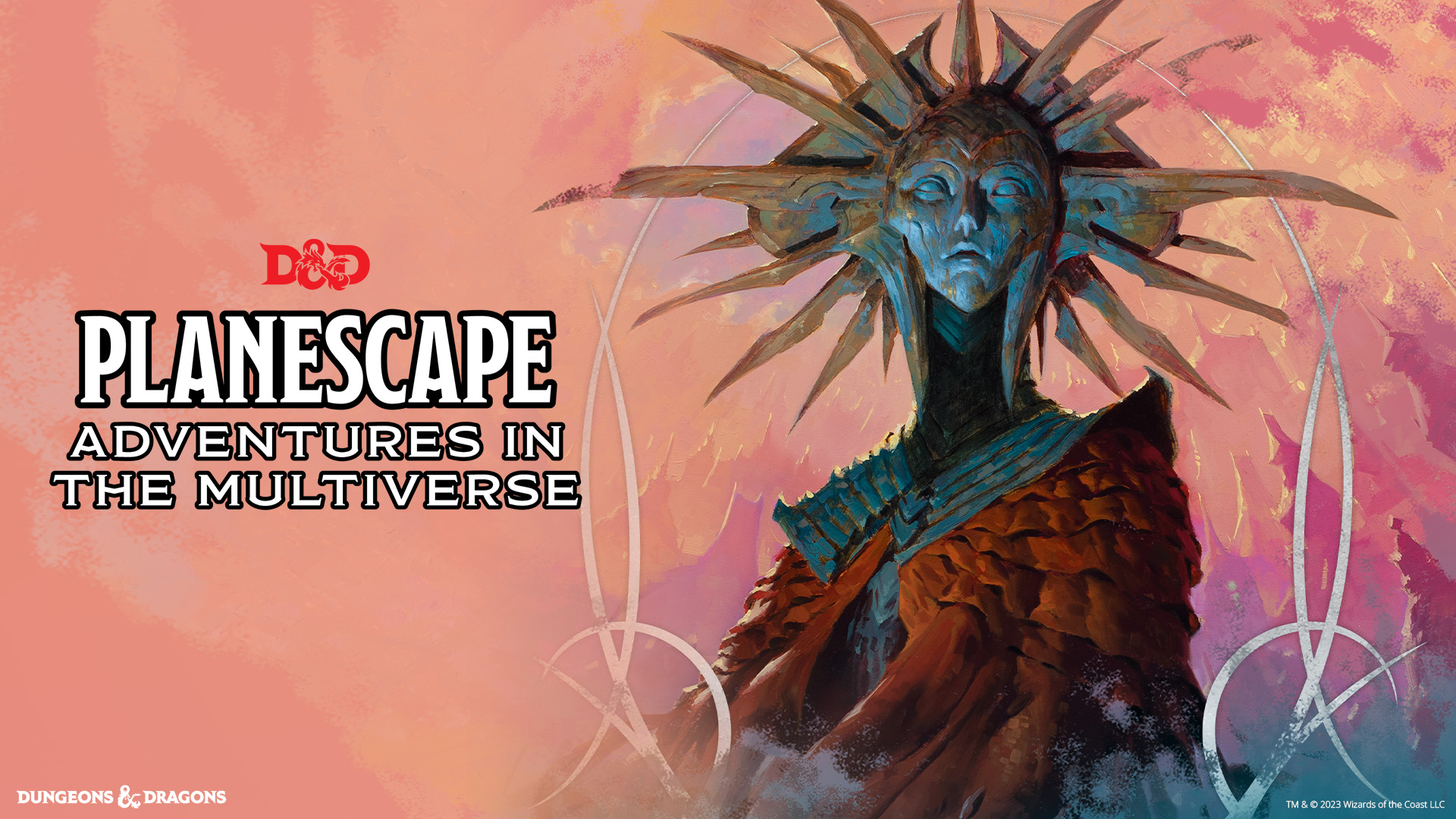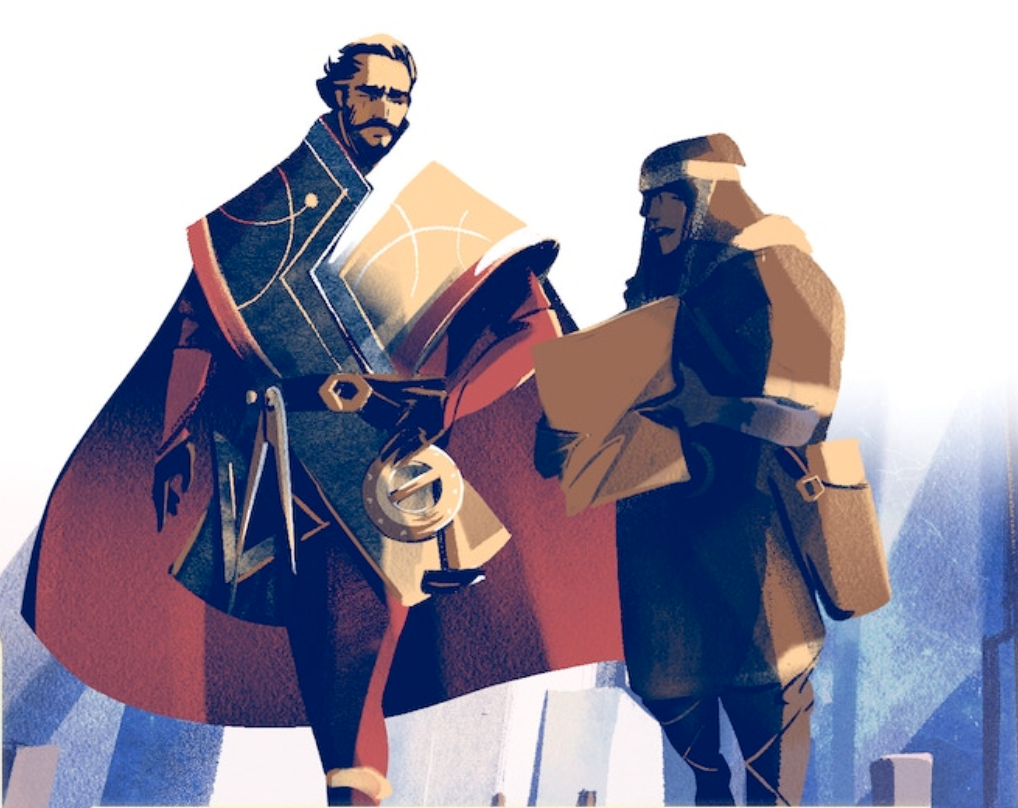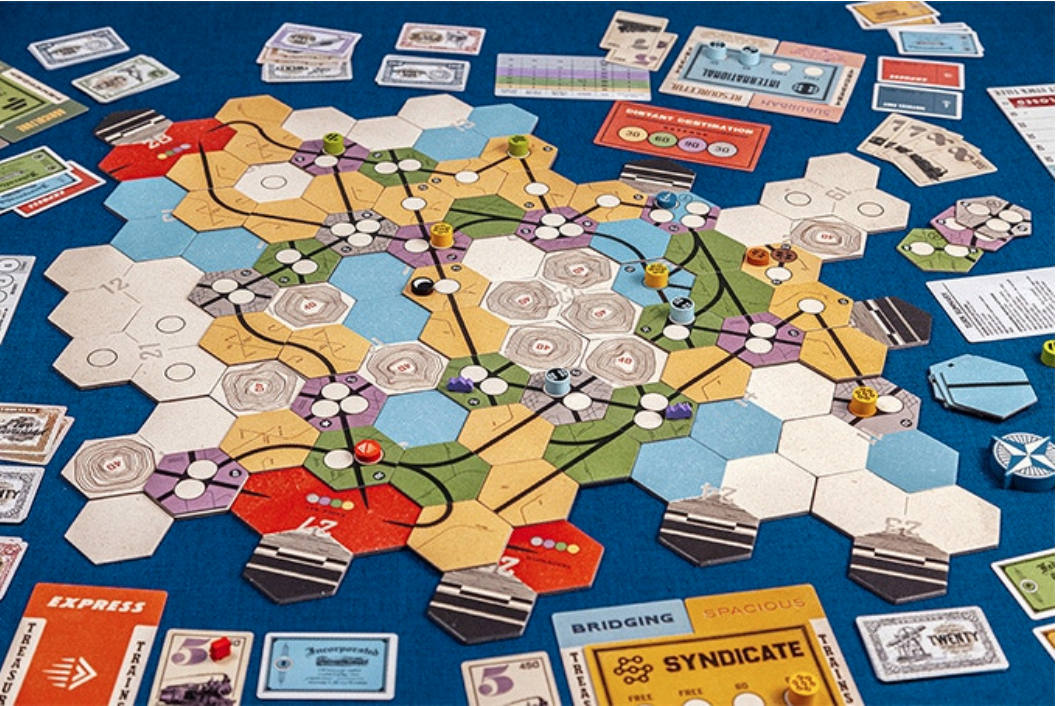In all fantasy media, poetry shows up in one form or another. Whether it is elvish poem-riddles to open a door, or fey characters speaking in iambic pentameter, poetry is a large part of the fantasy genre.
Adding poetry into a game can add a lot of world building value to your game environment. Poetry often illuminates characters to old myths of Gods, heroes, and events of importance. They can be riddles that your party may need to solve, or maybe even a love poem from an NPC. Regardless, understanding some basics of poetry writing can be incredibly useful when running your own game. Let’s go over some basics to get you started.
Meter
One of the biggest aspects of poetry is rhythm. The speed helps dictate the payoff of the entire work. Not every poem needs a consistent rhythm, but every poem does have a rhythm of one kind or another.
There are dozens of potential meter forms. More often than not, meter is determined by how much emphasis you put on one syllable compared to the next. Without getting too complicated, let us just say that the best way to mark meter is through the counting of syllables.
The easiest way of going about meter is to find a consistent syllable count per line and stick to it throughout the poem. If you are just starting writing poetry for a game, begin with an even number of syllables per line. Classics poems, including Shakespeare Chaucer, sit at 8 – 10 syllables every line. There is a natural flow to these that is easy to replicate and learn from. Check out any of Shakespeare’s sonnets, or Chaucer’s The Knight’s Tale for a better idea.
Rhyme
I will begin with a very polarizing statement: not every poem needs to rhyme.
Poetry can take numerous forms. The early poets of the Renaissance and before would fill their works with rhyming schemes. Couplets, triplets, quadruplets – their all there. However, nowadays you may find rhyming schemes less common.
So, should your poem rhyme? In my experience, it depends on the context. Rhyme was prevalent during the Renaissance because it showed that the author was cultured. It showed they knew how to read, which was a rare ability of the time. They knew how to make writing sound beautiful. It was meant to be read aloud to crowds, not hidden away inside your mind.
On the other hand, we see a lot of poets today that will not have rhyming schemes. They will focus on imagery, experience, sensation. Poems are much more solitary. Unless you are visiting slam poetry competitions, you may never hear someone read a poem out loud except for English class.
So, the question for you is – What is the purpose of the poem? Is it at a stage performance? Is the poem hidden in an ancient tomb?
Regardless, it is always your call about if you want to rhyme. If you do, go for it. If not, then hold back and let the imagery and experience do the talking.
Imagery
Imagery is one of the biggest appeals for poetry fans. Creating strange and beautiful images by combining different ideas, places, thoughts, and things is the magic of poetry. Regardless if your poem has eight syllables per line or twenty, if your poem rhymes or not, put some interesting and beautiful images in.
How do you do this? Well, what do you find beautiful? What images inspire awe in you? Use those. Combine unconnected objects and places together in order to create fantastic and whimsical images.
And remember, if you don’t get the desired effect on your first poem, that’s alright. Just make sure you do it again. Practise is the only way to craft beautiful things.
Get all your board game news from The Bag of Loot! www.thebagofloot.com
Get all your board game needs from Three Kings Loot! www.threekingsloot.com




